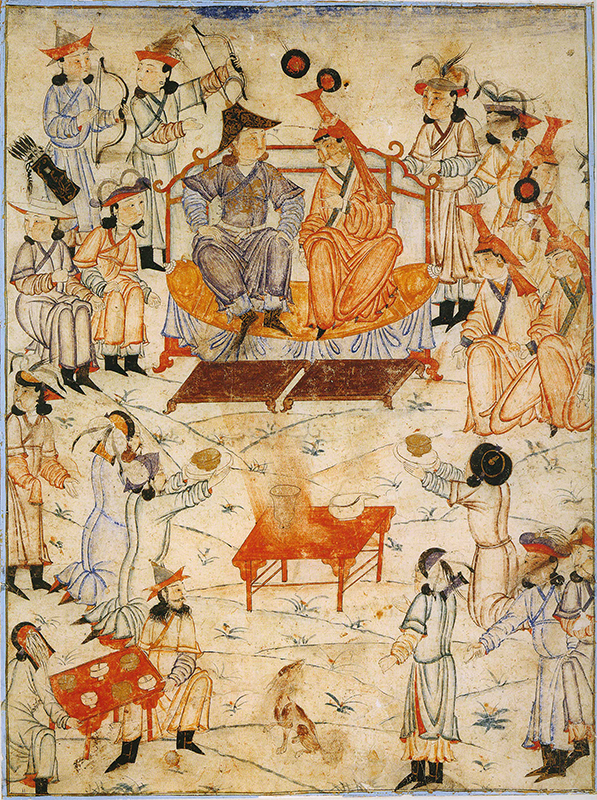
Meets Together: HISTART 689-005
While nomads of Eurasia have perpetually resided at the fringes of historical narratives, they developed complex socio-political institutions and pluralistic material cultures indicative of sophisticated civilizations in the steppes. Through a series of example nomadic societies, from the Bronze Age to the Mongol Empire, this course brings to light the intricacies of cultural politics evident in steppe arts and the complexities of the polities they established. Students will employ literature from multiple disciplines to investigate the dynamics of mobile pastoral societies and their components of material culture.
Textbooks/Other Materials: individual readings to be posted on Canvas
Course Requirements: active participation (15), 3 article reviews 1 page each (15), exhibition catalogue review (15), museum objects study (15), Nomadic Art research paper including proposal and presentation (40)
Intended Audience: undergraduate of any major ready for intensive writing; graduate students of related fields (histart, hist, anth-arch)
Class Format: two 80-minute seminars, part lecture part discussion, per week; a few additional group meetings for graduate students
Estimated Cost of Materials: 0
HISTART Distribution Requirements: Middle East, Asia (Includes China, Japan, India, South/Southeast Asia and the Pacific), Ancient, Medieval
Keywords: nomads, Eurasia, art, archaeology